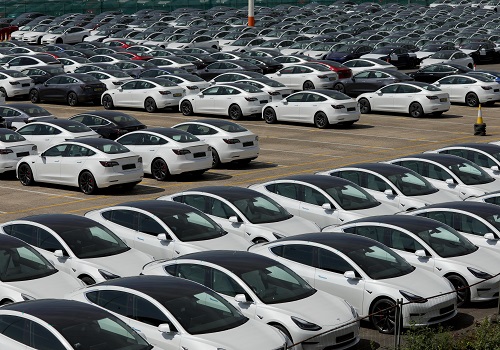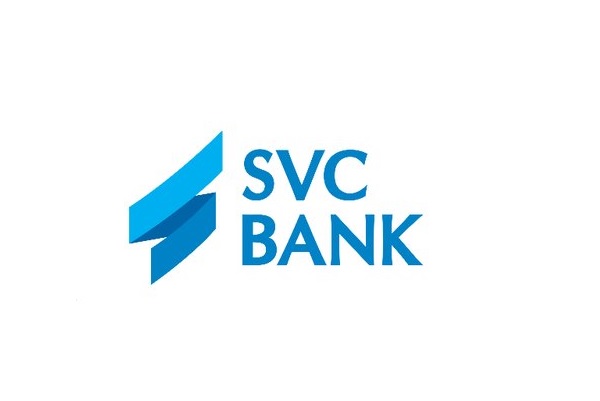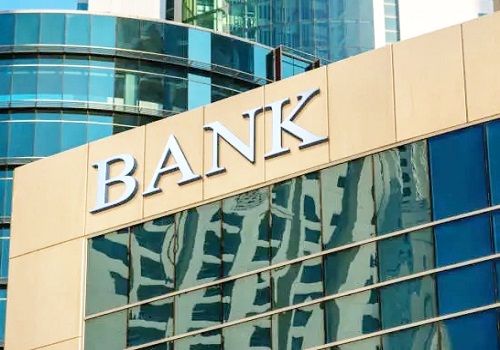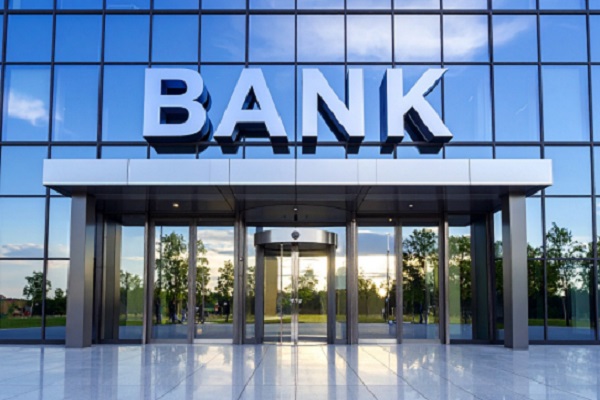Banking Sector Update : Continued weak loan growth driven by private banks by Kotak Institutional Equities
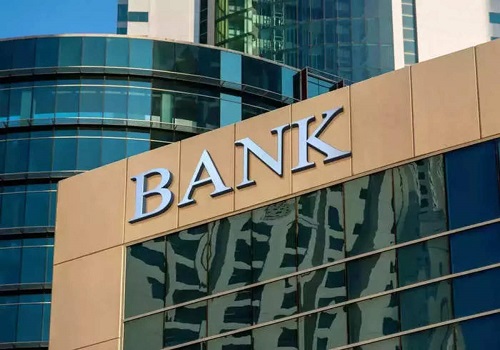
Continued weak loan growth driven by private banks
The key takeaways from the RBI’s release on loans: (1) Loan growth has slowed to ~10% yoy; (2) growth for public banks was stable at 12% yoy, while it was <10% yoy for private banks; (3) we are seeing slower growth at both ends of the ticket size: smaller- and larger-ticket-size loans. Loan growth, despite limited asset-quality concerns, suggests banks have either been cautious or working through other challenges such as liability management.
An unchanged and weakening trend for private banks; public banks stable
The latest release (4QFY25) from the RBI on segmental information shows: (1) loan growth of 10% yoy, with public banks at 12% yoy and private banks at <10% (Exhibit 1); (2) market share showed a reversal, with private banks losing share to public banks (Exhibit 2); (3) ticket size growth (Exhibit 3) shows a slowdown in the large-ticket size loans (Rs1 bn and above) and smaller ticket-size loans (Exhibit 14); (4) growth in the household sector has slowed (Exhibits 7 and 8) and across products (demand, overdraft and cash credit); and (5) private banks and public banks have a relatively more granular portfolio than what we have seen in the previous corporate cycle (Exhibits 10, 11 and 12)
Growth has been persistently weaker despite favorable asset-quality trends
A shift in focus toward improving the liability franchise and tightening of credit filters, along with marginally weaker demand, could explain the current behavior of weak loan growth. Private banks have decelerated, while public banks have reported an unchanged trend or have not stepped in to fill the slowdown that has been opened by private banks. The slowdown in private banks has been led by large and mid-tier private banks. Large banks such as HDFC Bank and Axis Bank have been working through the liability-side challenges rather than any worry on asset quality. Nearly all the mid-tier private banks (IIB, Yes, Bandhan, RBL and/or IDFC) have generally been slower as well, partly driven by the challenges that they have had on asset quality, where their segment of borrowers has witnessed higher stress, led by microfinance. Overall, while we do not think there is an asset-quality issue, we are witnessing a scenario where lenders prefer to keep a tighter vigil on asset quality over growth as their primary preference.
FY2026 does not have any specific tailwinds that could drive growth higher
We do not see lenders looking to accelerate loan growth with urgency in FY2026. Any attempt by lenders to build a loan portfolio that has higher risk has had adverse payoffs in recent years. SME has been a good source of loan growth, given the level of disclosures and monitoring tools, but there is some degree of uncertainty, led by global factors (tariff policies), which has led to lenders taking a prudent approach toward growth till there is clarity of the overall situation. The issues pertaining to liability-side challenges appear to be behind us today, as loan growth has converged to deposit growth. However, building a loan portfolio that is benchmarked to EBLR brings its own challenges to NIM during a softening interest rate cycle. We should expect loan growth to be closer to the current levels.
Above views are of the author and not of the website kindly read disclaimer



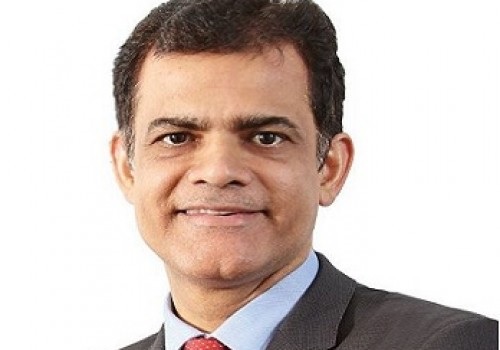




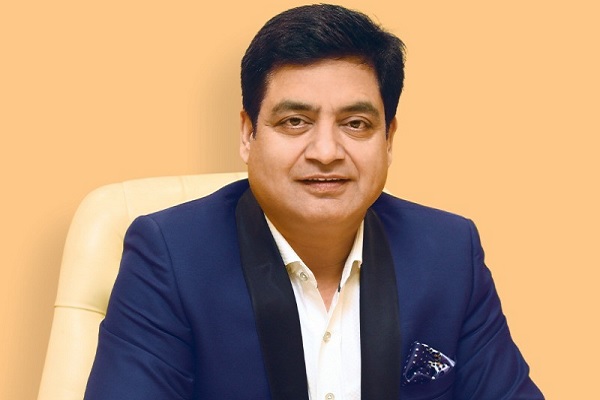

More News
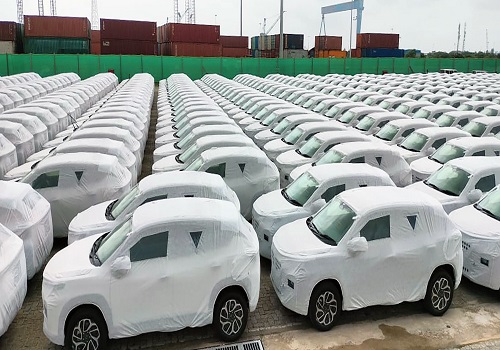
Automobiles Sector Update : Monthly Volume Update: Oct?25 By JM Financial Services


